The power of a word – Waiora
Connection for Māori to all living things is central to our identity, health, and wellbeing. Living in te ao tūroa (natural world) we connect to everything living and non-living through whakapapa (layers of connection).
Māori look to the past to inform the way we move into the future – ka mua, ka muri. One of the key parts to this practice is identifying whakapapa. Everything in te ao Māori is connected through whakapapa, this enables us to interpret the link between our environment and our health and wellbeing. Whakapapa is a form of evidence and insights into these connections.
Our role as kaimahi Māori in Healthy Families Hutt Valley, is to look at health prevention through a te ao Māori lens, rethinking the way our ecosystem impacts our health and wellbeing. Bringing an awareness and understanding of waiora creates the opportunity to prioritise the long-held understanding that the connection to our environment plays a critical role in our overall health and wellbeing.
Waiora emphasises the importance of caring for our natural environment, as our built environment is consistently changing. The term waiora refers to environmental health. The term wai ora refers specifically to one of the three key aims of Whakamaua.
How might we build an understanding of waiora?
The definition of waiora in Whakamaua: The Māori Health Action Plan (2020-2025) states that: Wai ora literally refers to water, both as a resource and as an essential part of the environment that provides sustenance for life.
A whakataukī that aligns to this whakaaro is, Ko te wai te ora o ngā mea kātoa. Water is the life giver of all things.
Through forms of communication such as ancient karakia (prayer), kōrero tuku iho (stories of the past), pūrākau (story telling), whakataukī (proverbs), waiata (songs), mōteatea (chants), whaikōrero (oratory), whakairo (carving) and reciting whakapapa, Māori can interpret our connection to Atua and the environment.
For some Māori, connection to the environments is through:
Whakapapa Atua (celestial layers of connection) such as Ranginui, Papatūānuku (sky and earth), Tāne, Hine tū pari maunga (atua of the forest and the mountain maid), Parawhenuamea (waters of the earth) koia te matua o te wai (the parent of water), Kiwa (personification of the ocean) and Hine kohu, Hine te ihorangi and Hine parawhenua (daughters of all forms of wai).
Inherited through whakapapa tīpuna (ancestral layers of connection) which is different for each whānau (family), hapū (sub-tribe), marae (meeting grounds) takiwā (area), iwi (tribe) and rohe (region).
Whakamaua explains that wai ora “reflects the need for Māori to have access to resources and to live in environments that support and sustain a healthy life. Wai ora encapsulates the importance of the environments in which we live and that have a significant impact on the health and wellbeing of individuals, whānau and communities.”
A whakataukī that aligns to this whakaaro is manaaki whenua, manaaki tāngata, haere whakamua. If we take care of the land and take care of the people, we will take care of the future!
This thinking is reflected in Tā Mason Durie’s kōrero at Hui Whakaoranga (Wellington, 2021).
Whenua (Bonding with the land)
“Would we be called tāngata whenua without land?
Land is more than an asset. Land grounds us, land feeds us, land connects us, land is the foundation for our homes and land defines us. The task in the future will be to protect the land and in doing so, to enable Māori to live well as tāngata whenua.”
Tā Mason also shared:
Taiao (refreshing natural and built environments)
“The wider environment, we have to stop destroying waterways, land, forests and the air. Kaitiaki should be appointed to protect the environment. They would have the authority to oppose enviornmental ventures, including those in built environments, that are threats to Māori health and wellbeing.”
As we build our collective understanding of waiora (Healthy Environments) and how interconnected it is with our own health and wellbeing, we are now obligated to be kaitiaki (caregivers) of the whenua.
We can contribute through every decision we make, that would have an impact on our environment.
We can be courageous to challenge in the times we are a partner around the table.
We can learn from historical mistakes to disrupt the system.
And we will always think of the environment we want to leave for our future generations.
Healthy Families Hutt Valley supports the waiora definition and approach in Whakamaua, to enable Māori to live as Māori and achieve Pae Ora (Healthy Futures for Māori). Although this is a Māori approach to health and wellbeing; we think the time has come to start the conversation about building the understanding of waiora for all tauiwi (non-Māori).
We want to hear your whakaaro and are open to a kōrero on your own understanding, learnings and lived experience so that together we can start building a collective understanding of waiora.
Get in touch with Eddie Edmonds to share your whakaaro and kōrero.
*This thinkpiece is based on the lived experience, mahi, kōrero tuku iho, wānanga, learnings and connections established by our Lead Systems Innovator Eddie Edmonds (Te Whānau ā Apanui, Ngāti Raukawa ki Wharepūhunga). We acknowledge that each whānau, hapū, marae, takiwā, iwi and rohe have their own pūrākau*
Durie, M. 2021. Keynote address Hui Whakaoranga. Wellington. 18 May 2021.


